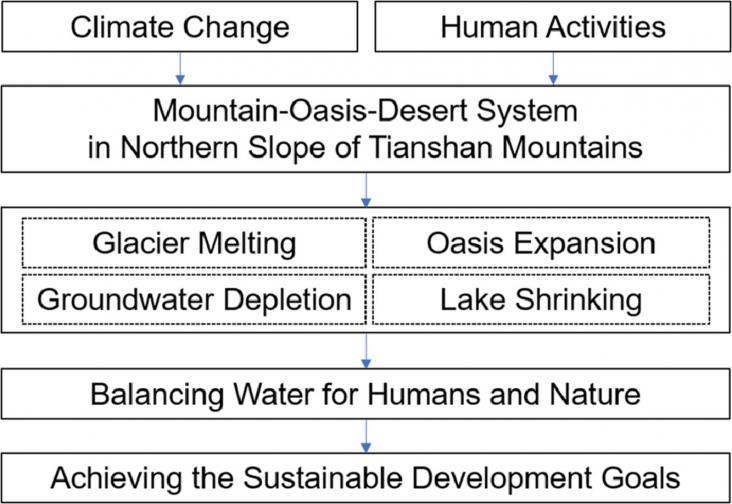

Current Developments in Biotechnology and Bioengineering: Microplastics and Nanoplastics: Occurrence, Environmental Impacts and Treatment Processes, 2023, Pages 387-403
J. Indu, Akhilesh S. Nair, Ankita Pradhan, Rohit Mangla, Sooraj Krishnan, Kaushlendra Verma, Vinayak Huggannavar; Radar Remote Sensing, 2022, Pages 123-148
uan Cuong Nguyen, Thi Thanh Huyen Nguyen, Quoc Ba Tran, Xuan-Thanh Bui, Huu Hao Ngo, Dinh Duc Nguyen,
Chapter 21 - Artificial intelligence for wastewater treatment,
Editors: Xuan-Thanh Bui, Dinh Duc Nguyen, Ashok Pandey,
Advances in Biological Wastewater Treatment Systems,
Elsevier,
2022,
Pages 587-608,
ISBN 9780323998741
Metals and Metalloids in Soil-Plant-Water Systems: Phytophysiology and Remediation Techniques, Volume , 1 January 2022
Wajid Umar, Muhammad Zia ur Rehman, Muhammad Umair, Muhammad Ashar Ayub, Asif Naeem, Muhammad Rizwan, Husnain Zia, Rama Rao Karri,
Chapter 10 - Use of nanotechnology for wastewater treatment: potential applications, advantages, and limitations,
Editor(s): Janardhan Reddy Koduru, Rama Rao Karri, Nabisab Mujawar Mubarak, Erick R. Bandala,
In Micro and Nano Technologies,
Sustainable Nanotechnology for Environmental Remediation,
Elsevier,
2022,
Pages 223-272,
ISBN 978012824547
